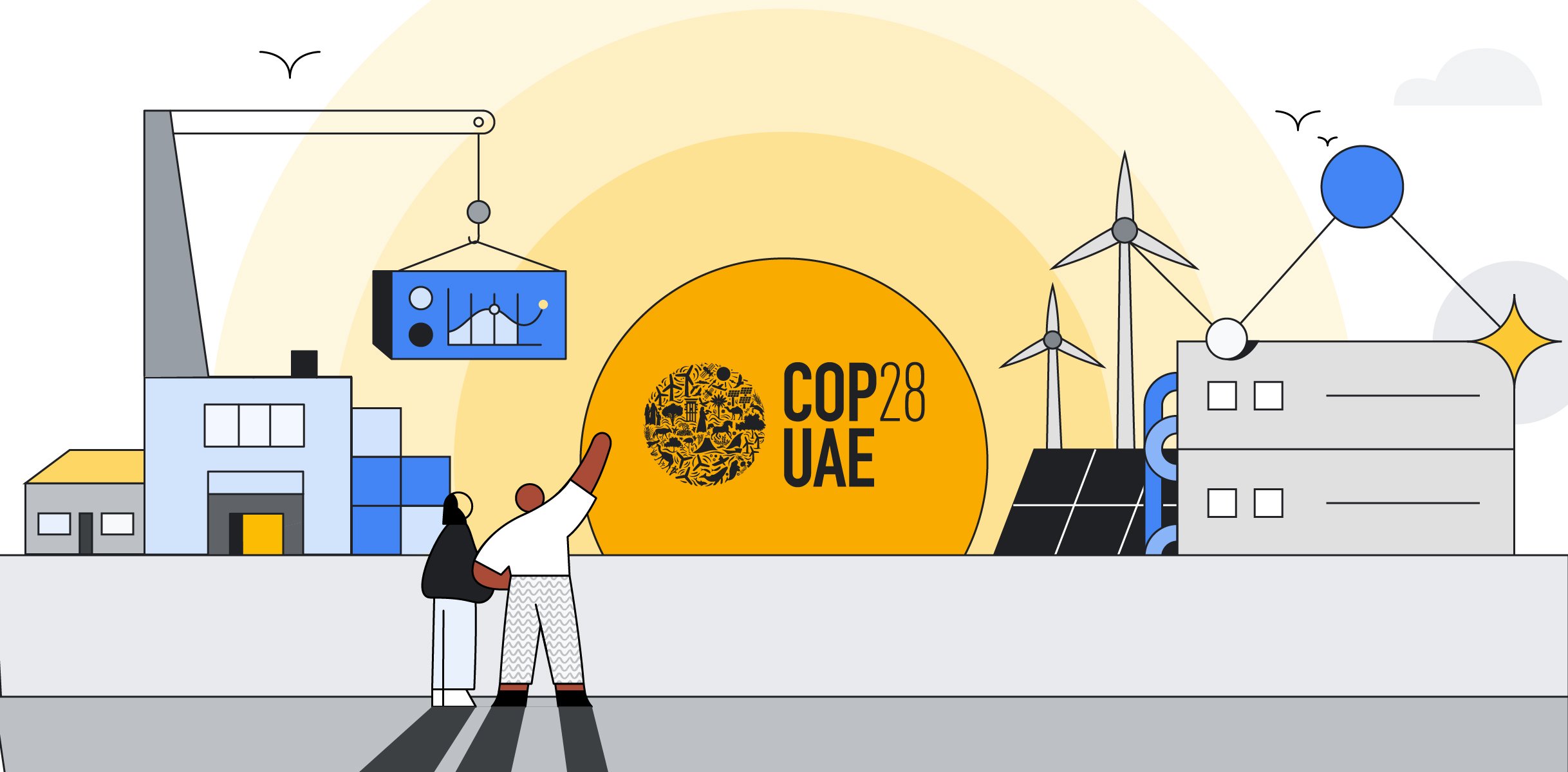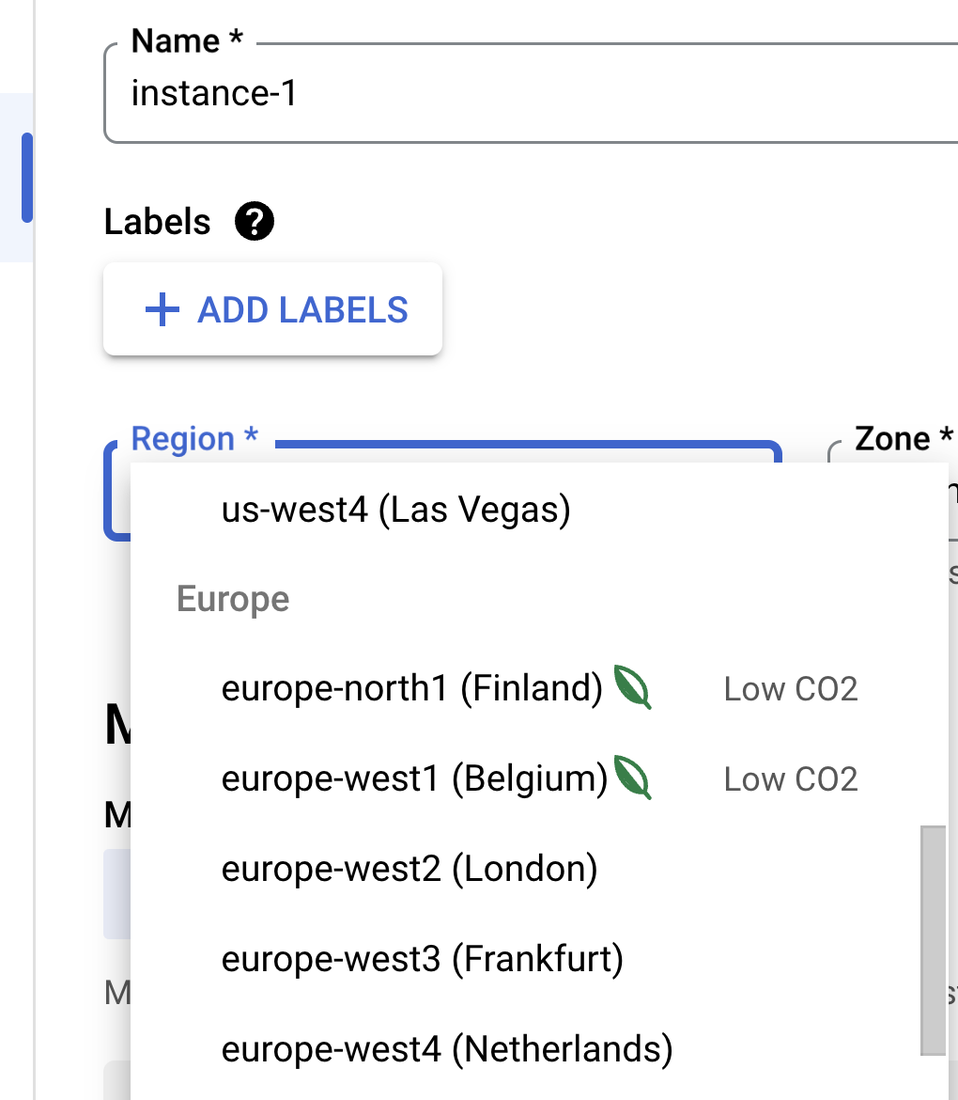How Google Cloud is helping companies decarbonize their cloud footprints

Gabe Monroy
VP & GM, Cloud Runtimes
Cynthia Wu
Product Manager, Cloud Carbon Sense Suite
As more and more businesses move to cloud computing to power their technology and innovations, data centers are generating an increasing amount of carbon emissions. That’s why Google has not only designed, built, and operated our own data centers, but is also on a mission to help customers further reduce their carbon footprint on Google Cloud.
When Google Cloud customers use our infrastructure and service, they are by default on an ambitious sustainability journey with us. On average, a Google-owned and -operated data center is more than 1.5 times as energy efficient as a typical enterprise data center, and compared with five years ago, we now deliver approximately 3x computing power with the same amount of electrical power.
But we are not stopping here. Google Cloud offers a suite of tools that empowers organizations and developers to understand their carbon footprint and further decarbonize their technical architecture on Google Cloud.
Measure and understand your cloud emissions with Google Cloud Carbon Footprint
This tool provides a granular breakdown of each customer’s cloud emissions by usage (project, service, GCP region) and helps them understand what’s driving the emissions using a detailed bottom-up methodology that follows the Greenhouse Gas Protocol. Many customers export this granular carbon data into BigQuery and build custom dashboards and analysis to better visualize and track emissions.
Where you deploy your workload matters
Choosing a cloud region powered by cleaner energy sources to run workloads is one of the most effective ways to reduce carbon emissions, and Google provides a suite of tools to help you select the most suitable region:
- We publish carbon data for each cloud region, including the Carbon Free Energy (CFE) percentage, the local electricity grid’s carbon intensity, and which regions are designated as "low carbon."
- We embedded "Low CO2" indicators in location selectors in many Google Cloud console interfaces so that it’s easier for developers to select a sustainable region.


- We recognize that region selection is not just about carbon emissions. That’s why we also built Google Cloud region picker, a tool that helps you determine the best cloud regions that meet your requirements based on carbon footprint, price, and latency.
- Use AI to identify carbon reduction opportunities - Through integration with Active Assist’s Unattended Project Recommender, we’ve started to harness the power of AI for carbon reduction. Our machine learning algorithms analyze your usage on projects and provide recommendations on how to reclaim or remove unattended projects, saving both money and carbon emissions. Uber, for example, has been actively using the Unattended Project Recommender to help identify idle projects and promptly take actions across their engineering teams to reduce unnecessary carbon emissions, while also improving cost and security.
At Google we believe that everyone can have an impact on climate change, and we want to organize the information and empower every Google Cloud user to take action. Check out the tools we mentioned above, start educating your software engineering teams on how they can contribute, and take actions that are most suitable for your organization.
We’ll be blogging throughout COP28; follow along here.



